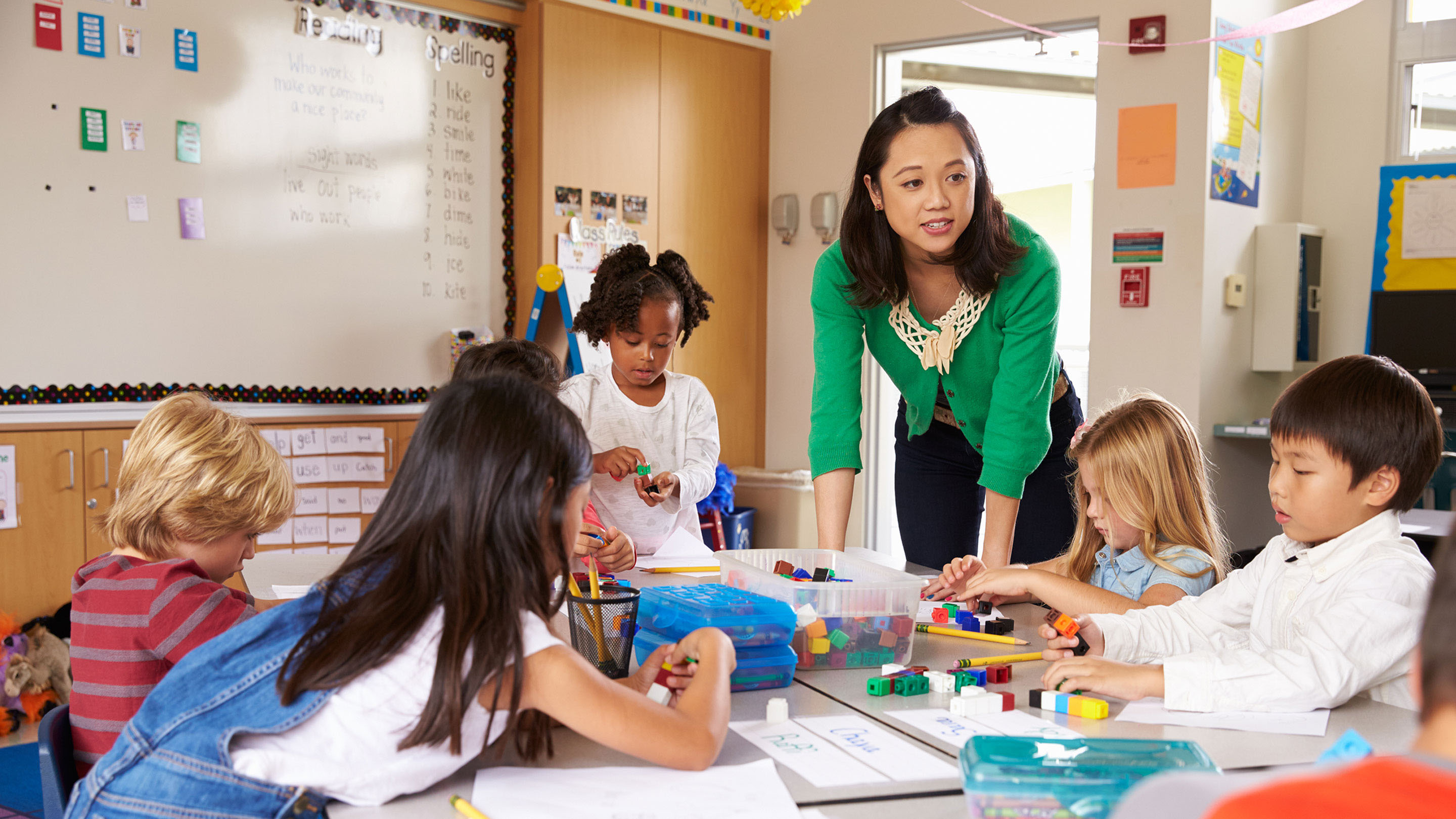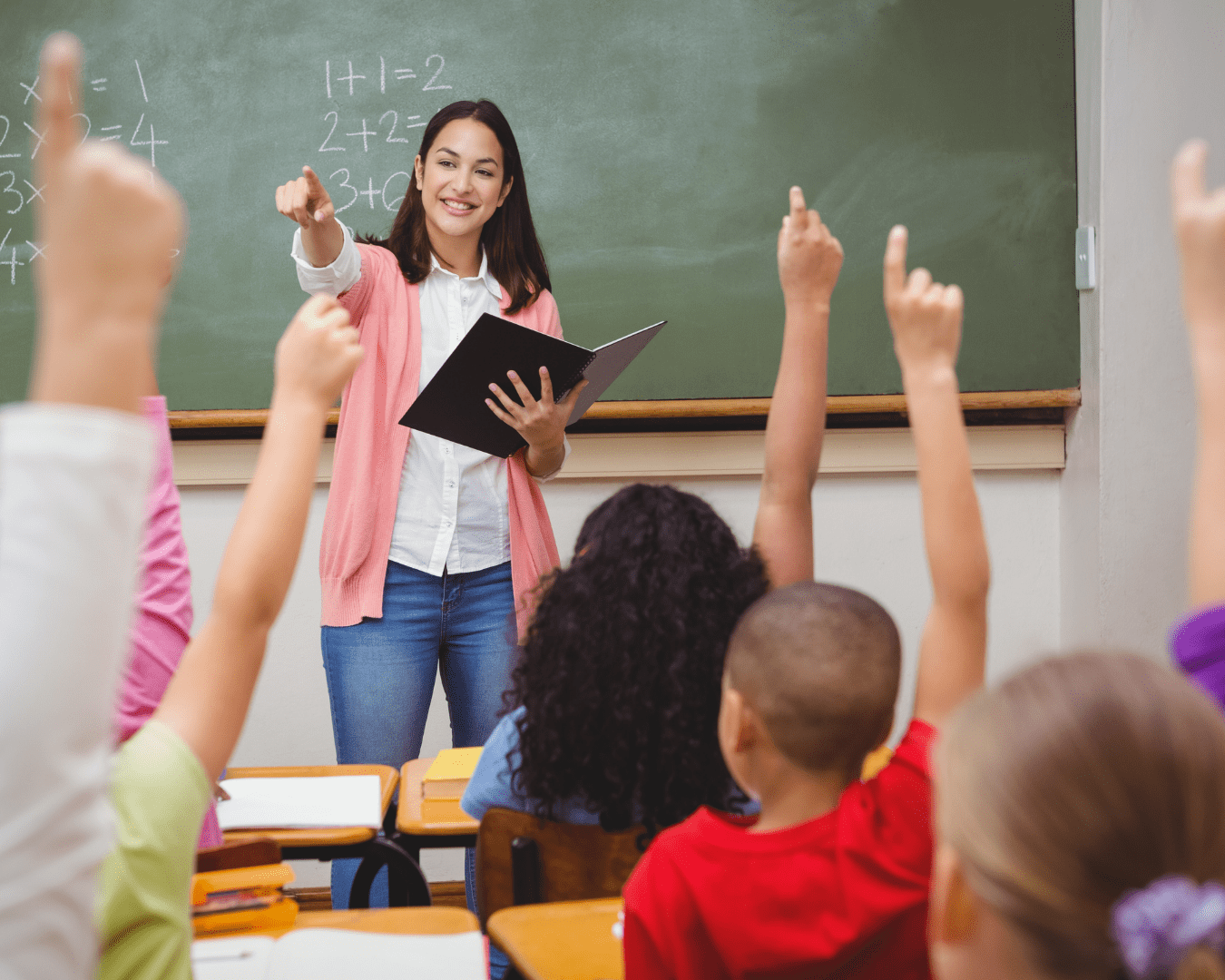Primary Science Tuition Singapore for Building Confidence in Science
Primary Science Tuition Singapore for Building Confidence in Science
Blog Article
A Comprehensive Overview to the Various Knowing Methods in Main Scientific Research Instruction
The exploration of varied learning techniques in key scientific research guideline provides an opportunity for instructors to boost student involvement and understanding significantly. By analyzing hands-on understanding methods, inquiry-based techniques, and collaborative techniques, we can recognize effective practices that satisfy numerous finding out styles. Additionally, the assimilation of innovation and differentiated guideline plays a critical duty in fostering a comprehensive setting. Nevertheless, the question continues to be: just how can these techniques be successfully executed in the classroom to optimize their impact? The response depends on a closer evaluation of each method and its ramifications for training scientific research.

Hands-On Understanding Strategies
Hands-on knowing methods play a pivotal function in key scientific research guideline, engaging pupils in active exploration and trial and error. These techniques allow students to communicate directly with products and phenomena, promoting a much deeper understanding of scientific principles. By utilizing manipulatives, versions, and real-life experiments, educators develop an environment where students can observe, assume, and test their concepts.
Such methods not just enhance comprehension but also cultivate crucial thinking and analytical skills. When trainees join activities like developing easy equipments, growing seeds, or carrying out chemical responses, they are encouraged to ask inquiries and seek solutions through their own monitorings. This experiential strategy assists to debunk complicated clinical concepts, making them extra relatable and available.
Moreover, hands-on learning advertises cooperation among peers, as pupils typically work in teams to conduct experiments or share findings. This synergy not just improves their understanding experience but also develops essential social abilities. Eventually, incorporating hands-on techniques in primary science direction cultivates a lifelong love of knowing and curiosity about the natural globe, laying a solid structure for future scholastic pursuits in scientific research and beyond.
Inquiry-Based Learning
Inquiry-based knowing is an educational technique that motivates students to ask inquiries, examine phenomena, and build their own understanding of scientific ideas. This method moves the focus from traditional teacher-led direction to a more student-centered experience, where learners take the effort in their academic journey. By cultivating inquisitiveness, inquiry-based learning advertises deeper involvement with the material, enabling trainees to check out subjects in a purposeful context.
In technique, this strategy frequently includes hands-on experiments, monitorings, and vital thinking tasks that line up very closely with the scientific method. Pupils are motivated to create theories, style examinations, and analyze data, which grows vital skills such as analytical and analytic thinking. The role of the educator in this structure is to promote exploration, leading pupils through the inquiry process while urging independent thought and cooperation.
Furthermore, inquiry-based knowing nurtures a feeling of ownership over the learning procedure, inspiring pupils to pursue expertise actively. This approach not just boosts understanding of clinical ideas but additionally fosters a lifelong love for understanding, furnishing pupils with the skills essential to navigate an increasingly complex world.
Collaborative Learning Approaches
Collaborative knowing approaches empower students to engage in purposeful communications with peers, promoting a shared duty for their academic results. In key science direction, these methods motivate learners to interact to discover scientific concepts, address troubles, and perform experiments (primary science tuition Singapore). By getting involved in team activities, students can take advantage of diverse perspectives, permitting for richer understanding and retention of clinical understanding
One secret element of collective knowing is the emphasis on communication skills. Students have to verbalize their ideas, pay attention actively her response to others, and negotiate ideas, every one of which are vital proficiencies in both academic and real-world contexts. This social interaction not only improves their understanding of scientific principles yet additionally advertises team effort and dispute resolution abilities.
When pupils see the value of their contributions within a team, they are more likely to take possession of their knowing journey. On the whole, incorporating joint understanding approaches in primary scientific research guideline grows a vibrant learning setting that prepares pupils for future academic and social obstacles.
Modern Technology Integration in Science
The integration of technology in key scientific research instruction boosts discovering experiences by supplying ingenious tools and sources that sustain different training approaches, consisting of collective knowing - primary science tuition Singapore. Using digital platforms, simulations, and interactive applications enables pupils to engage deeply with clinical ideas, assisting in an extra hands-on method to knowing
Virtual research laboratories, for example, allow students to perform experiments safely and efficiently, promoting inquiry-based knowing. These devices can simulate real-world clinical circumstances, permitting students to envision intricate processes that would be tough to replicate in a traditional class setting. Modern technology promotes communication and collaboration amongst students, as they can share searchings for and work with each other on projects via on the internet platforms.
In addition, multimedia presentations and academic videos can enhance lessons by catering to varied knowing designs, making abstract ideas a lot more available. Information analysis devices likewise empower students to gather and interpret clinical information, enhancing vital thinking abilities. In general, the critical unification of innovation in primary science guideline not only improves interaction yet likewise prepares students for a technologically sophisticated culture, furnishing them with crucial skills for future scientific ventures.
Differentiated Direction Techniques
Set apart guideline methods are necessary for addressing the diverse demands click this site of learners in primary science education and learning. These methods enable teachers to tailor their teaching methods to suit varying capacities, rate of interests, and finding out designs within the class. By using set apart instruction, teachers can develop an inclusive environment that cultivates interaction and boosts understanding of scientific ideas.
One effective approach is to utilize versatile organizing, which allows pupils to collaborate with peers at comparable skill degrees or with differing viewpoints. This technique motivates peer discovering and promotes crucial thinking. In addition, providing options in assignments can empower pupils, permitting them to pick projects that resonate with their passions while still fulfilling curricular goals.
In addition, including tiered jobs is an additional important method. Deliberately tasks with differing degrees of complexity, teachers can make sure that all pupils are properly challenged, no matter of their efficiency. Utilizing developmental evaluations to determine recognizing additional enables teachers to readjust their training techniques dynamically, making certain that each learner obtains the assistance they need.
Eventually, implementing distinguished instruction approaches in main science education and learning not only boosts student learning end results but additionally cultivates an enthusiasm for science, preparing trainees for future scholastic searches.

Conclusion
In recap, reliable key science guideline requires a diverse technique that incorporates hands-on knowing, inquiry-based techniques, and collective strategies. The assimilation of innovation website link and set apart guideline further provides to diverse discovering designs, promoting a setting conducive to exploration and essential reasoning.
The exploration of varied understanding techniques in primary scientific research guideline provides a chance for instructors to enhance trainee involvement and comprehension substantially.Hands-on learning methods play a crucial function in primary scientific research instruction, involving trainees in energetic exploration and trial and error.Inquiry-based learning is a training technique that urges pupils to ask inquiries, examine sensations, and create their own understanding of scientific concepts.Collective understanding methods empower students to engage in significant interactions with peers, fostering a shared obligation for their instructional end results. On the whole, integrating joint understanding techniques in key science direction grows a dynamic knowing setting that prepares students for future academic and social difficulties.
Report this page